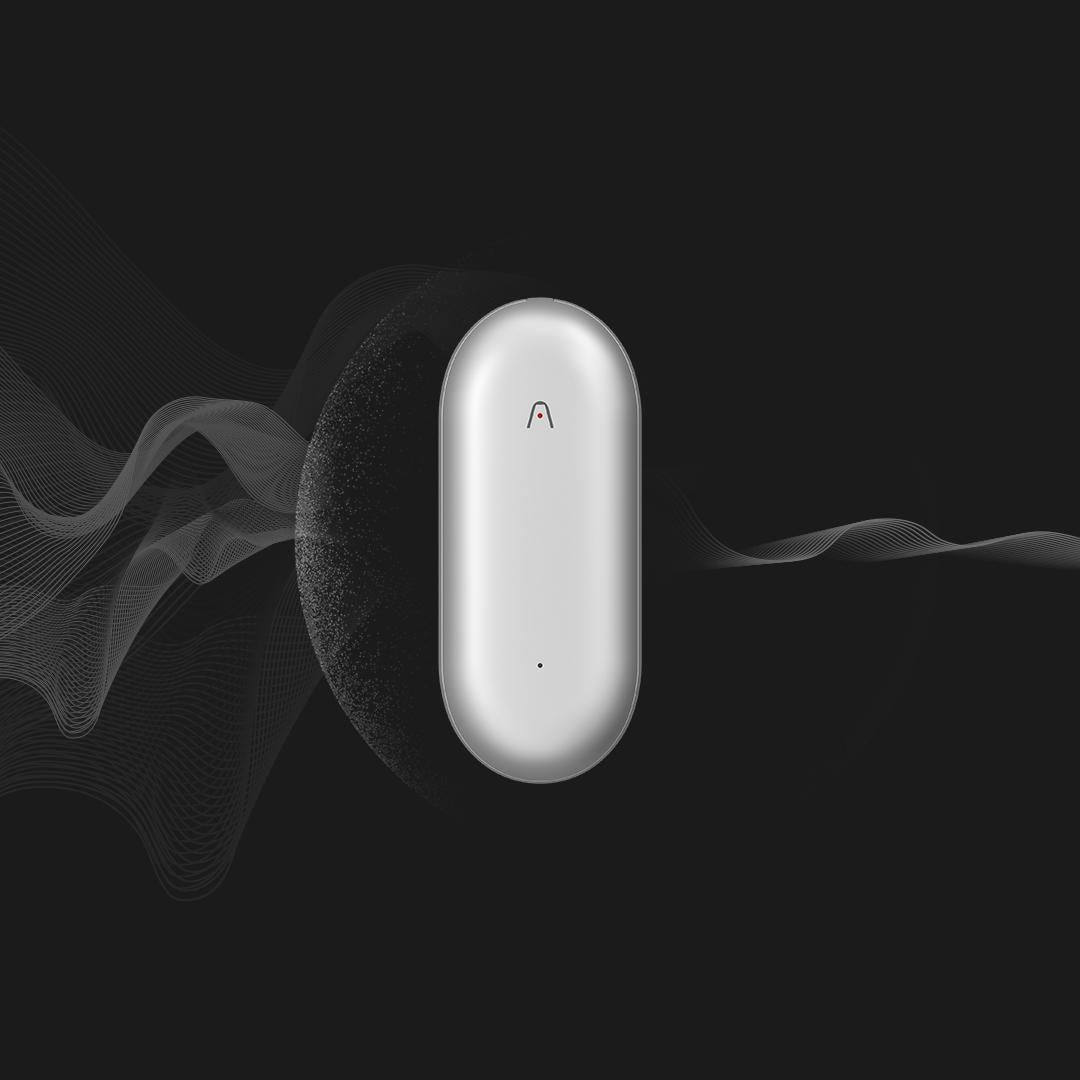Unlock the Perfect Note-Taking Experience: Discover the Ultimate Devices You Need!
Effective note-taking is an essential skill in both academic and professional settings. Whether you are a student trying to absorb complex theories or a professional managing multiple projects, having a reliable device for note taking can significantly enhance your productivity. However, the journey to finding the right note-taking solution can be fraught with challenges. Users often grapple with issues such as poor organization, difficulty in accessing notes quickly, or simply the frustration of dealing with bulky materials. In this article, we will explore various devices that can elevate your note-taking experience, offering insights into their functionalities and how they cater to different needs.

Understanding Your Note-Taking Needs
Before diving into specific devices, it’s crucial to understand the different note-taking methods available. Digital note-taking and traditional pen-and-paper methods each have their pros and cons. Digital notes are often easier to organize and share, while traditional methods can enhance memory retention. When considering a device, think about factors such as portability—do you need to carry it everywhere? Functionality—what features are essential for your style of note-taking? And user interface—do you prefer a touchscreen or a physical keyboard? Reflecting on these questions can help you pinpoint which device aligns with your unique needs and preferences.
Top Categories of Note-Taking Devices
There are several categories of devices that excel in note-taking, each catering to different user requirements. Tablets, smart notebooks, and laptops represent the main options available. Each category offers distinct advantages and functionalities that can enhance the note-taking experience. Understanding these categories will help you make an informed decision when selecting a device that best suits your lifestyle and workflow.
Tablets
Tablets have become increasingly popular for note-taking due to their versatility and wide range of applications. They allow users to take handwritten notes, type, or even record audio, making them suitable for various learning styles. When looking for a tablet, consider features such as screen responsiveness, stylus compatibility, and battery life. Personal anecdotes from friends highlight how they appreciate the flexibility of tablets, often switching between writing and drawing diagrams seamlessly during lectures and meetings.
Smart Notebooks
Smart notebooks provide a unique solution that bridges the gap between traditional and digital note-taking. These devices allow you to write with pen on paper while simultaneously digitizing your notes for easy storage and access. Unique features often include reusable pages, cloud integration, and the ability to convert handwritten notes into text. Many users find that this hybrid method not only preserves the tactile experience of writing but also enhances their ability to organize notes digitally, making it an excellent choice for those who enjoy the traditional feel of paper.
Laptops
Laptops remain a powerful option for extensive note-taking, particularly for writing essays, conducting research, or compiling detailed reports. They offer a larger screen real estate and a full keyboard, which can be beneficial for long-form writing. When selecting a laptop for note-taking, consider specifications like processing power, storage capacity, and battery life. Friends who regularly use laptops for their studies often mention the ease of integrating research materials into their notes, highlighting how essential a laptop is for comprehensive projects.
Comparative Analysis of Devices
Now that we’ve explored the main categories of note-taking devices, it’s time for a comparative analysis. Tablets excel in portability and versatility, making them ideal for students and professionals on the go. Smart notebooks strike a balance for those who love the feel of pen and paper but want the benefits of digital organization. Laptops, on the other hand, are superior for extensive writing and research, providing a robust platform for in-depth projects. Ultimately, the best device for you depends on your specific use case—whether you need mobility, a blend of traditional and digital, or a powerful writing tool. Reflecting on personal experiences with different devices can guide your decision-making process.
Choosing the Right Note-Taking Device for You
In summary, choosing the right device for note-taking is a critical decision that can significantly impact your efficiency and effectiveness. Each category of devices we discussed offers unique advantages tailored to various needs. By assessing your personal preferences and requirements, you can identify the device that aligns best with your note-taking style. Remember, the right tool can transform your note-taking experience, making it not only easier but also more enjoyable.







تعليقات